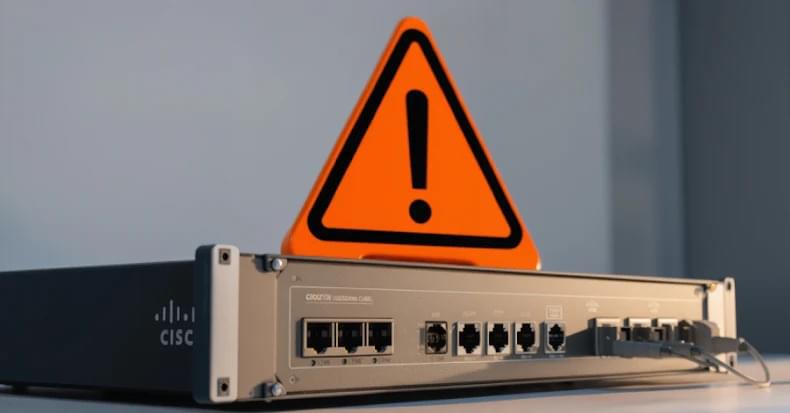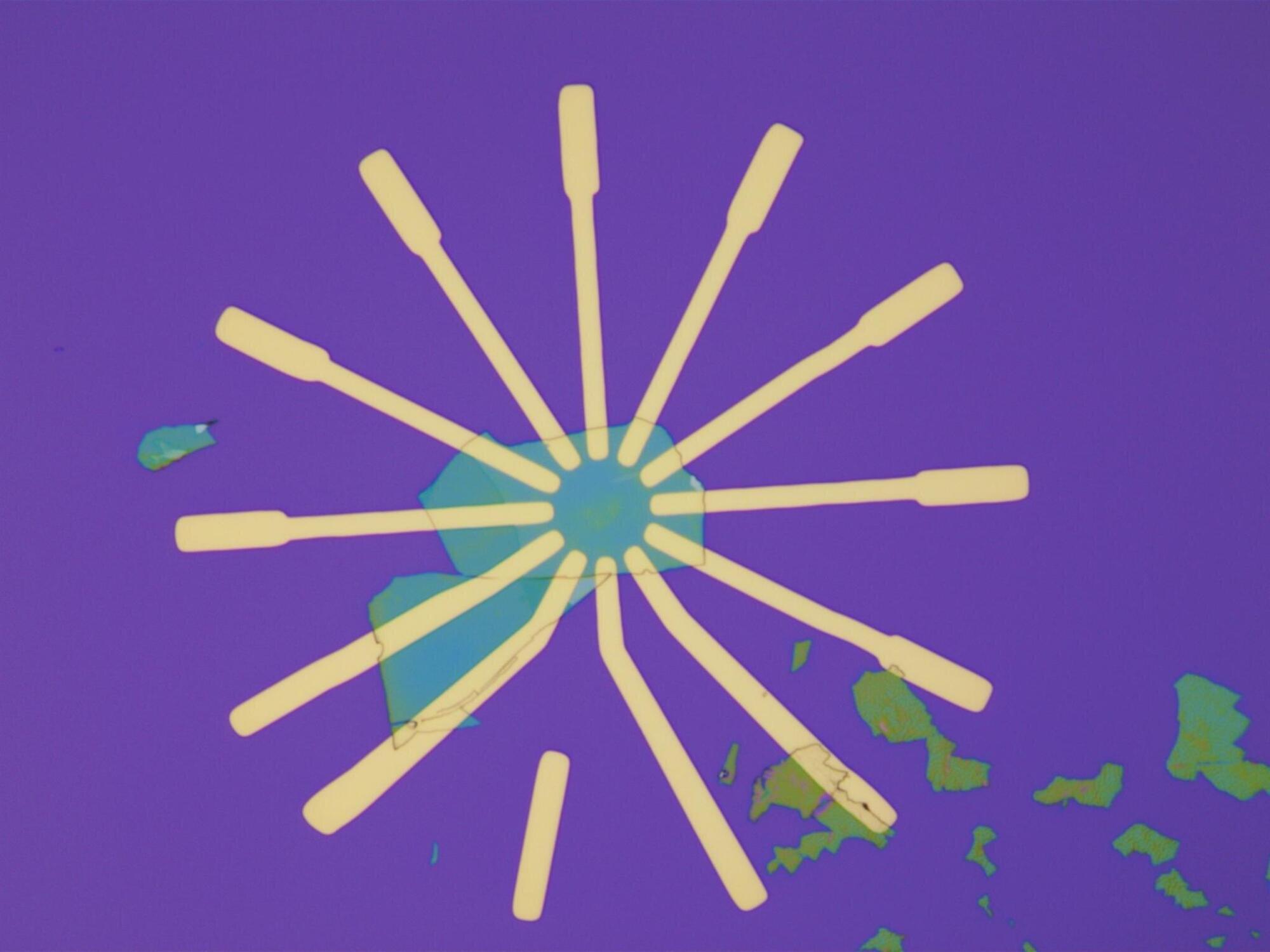Toshiba plans to launch a 40TB hard disk next year and a 55TB model by 2030


A new video from MxBenchmarkPC demonstrates the performance gains in Unreal Engine 5.7 by comparing it side by side with Unreal Engine 5.4 using the recently released Venice tech demo by Scans Factory.
The test was conducted at 4K and 1440p with Nanite and hardware ray tracing with Lumen, using Ultra settings on an RTX 5,080 paired with an Intel Core i7-14700F.
“GPU performance is improved by up to 25% in UE5.7 (depending on a scene), and the 5.7 version is now better utilizing GPU resources, hence the GPU power draw is now higher,” commented MxBenchmarkPC. “UE5.7 offers a significant up to 35% CPU performance boost (depending on the scene) and more stable frametimes with less hitches across all scenes.”

For the first time, researchers in China have demonstrated a high-temperature superconducting diode effect, which allows a supercurrent to flow in both directions. Published in Nature Physics, the team’s result could help address the noisy signals that pose a fundamental challenge in quantum computing.
A diode is a device that shows an asymmetric electrical response, allowing current to flow more easily in one direction than the other. Until recently, diode behavior had only been observed in conventional, non-superconducting electrical systems—but in 2020, a team of researchers in Japan became the first to demonstrate the diode effect in a superconductor. Ever since, this effect has gained increasing attention for its potential in practical quantum computing.
“However, most of the reported superconducting diodes work at low temperatures around 10 Kelvin, and often require an external magnetic field,” explains Ding Zhang at Tsinghua University and the Beijing Academy of Quantum Information Sciences, who led the research. “The diode efficiency is also low for many superconducting diodes.”

Cisco has alerted users to a maximum-severity zero-day flaw in Cisco AsyncOS software that has been actively exploited by a China-nexus advanced persistent threat (APT) actor codenamed UAT-9686 in attacks targeting Cisco Secure Email Gateway and Cisco Secure Email and Web Manager.
The networking equipment major said it became aware of the intrusion campaign on December 10, 2025, and that it has singled out a “limited subset of appliances” with certain ports open to the internet. It’s currently not known how many customers are affected.
“This attack allows the threat actors to execute arbitrary commands with root privileges on the underlying operating system of an affected appliance,” Cisco said in an advisory. “The ongoing investigation has revealed evidence of a persistence mechanism planted by the threat actors to maintain a degree of control over compromised appliances.”


Every living being must cope with a changing world—summer gives way to winter, one year it floods and the next is a drought. It’s obvious that populations of plants and animals must constantly face new challenges, says University of Vermont scientist Csenge Petak. But what’s not obvious is how these changes in the environment affect evolution.
“Do populations benefit from lots of environmental fluctuations, making new generations more prepared to face future changes,” she wondered, “or are they impaired, forced to readapt again and again, never reaching the heights of fitness that the same populations in a stable environment could achieve?”
To explore this question, she and University of Vermont computer scientist Lapo Frati—as well as two other UVM researchers and one at the University of Cambridge—developed a first-of-its-kind study using a powerful computer model that tracks thousands of generations of digital organisms.

Cornell researchers have developed a new transistor architecture that could reshape how high-power wireless electronics are engineered, while also addressing supply chain vulnerabilities for a critical semiconductor material.
The device, called an XHEMT, includes an ultra-thin layer of gallium nitride built on bulk single-crystal aluminum nitride, a semiconductor material with low defect densities and an ultrawide bandgap—properties that allow it to withstand higher temperatures and voltages while reducing electrical losses.
The device was detailed in the journal Advanced Electronic Materials and the research was co-led by Huili Grace Xing, the William L. Quackenbush Professor, Debdeep Jena, the David E. Burr Professor—both in the School of Electrical and Computer Engineering, the Department of Materials Science and Engineering, and the Kavli Institute at Cornell for Nanoscale Science—and doctoral student Eungkyun Kim.

A radical new interpretation of quantum mechanics is offered here. Professor of Quantum Information Science at the University of Oxford, Vlatko Vedral, argues that everything in the universe is a quantum wave. The difficulty of uniting the classical world and the quantum world is overcome; everything is quantum, and the quantum gives rise to the classical. His theory also overcomes the measurement problem, the observer problem, and the problem of quantum entanglement (spooky action at a distance). Poof goes the classical world!
There are, I believe, two main reasons why physics seems stuck at present. The last revolution was quantum mechanics and it began with Heisenberg’s famous paper exactly 100 years ago. And since then, not a single experiment has challenged the quantum description of reality. Not one. The first reason for this century-long absence of a new fundamental theory is that we simply haven’t had the appropriate experimental technology to probe regions where something could go wrong. This has now changed rapidly with the ongoing worldwide race to build a universal quantum computer. The technologies that go into this enterprise and that are being pursued by all the major industrial players are becoming sophisticated enough to test fundamental physics in a non-trivial way. However, there is a second reason for being stuck. It is the fact that we still haven’t agreed on the way to understand quantum mechanics. It is for this reason that I’d like to offer my own interpretation.

Scientists led by Nanyang Technological University, Singapore (NTU Singapore) investigators have made a significant advance in developing alternative materials for the high-speed memory chips that let computers access information quickly and that bypass the limitations of existing materials.
They have discovered a way that allows them to make sense of previously hard-to-read data stored in these alternative materials, known as antiferromagnets.
Researchers consider antiferromagnets to be attractive materials for making computer memory chips because they are potentially more energy efficient than traditional ones made of silicon. Memory chips made of antiferromagnets are not subject to the size and speed constraints nor corruption issues that are inherent to chips made with certain magnetic materials.
